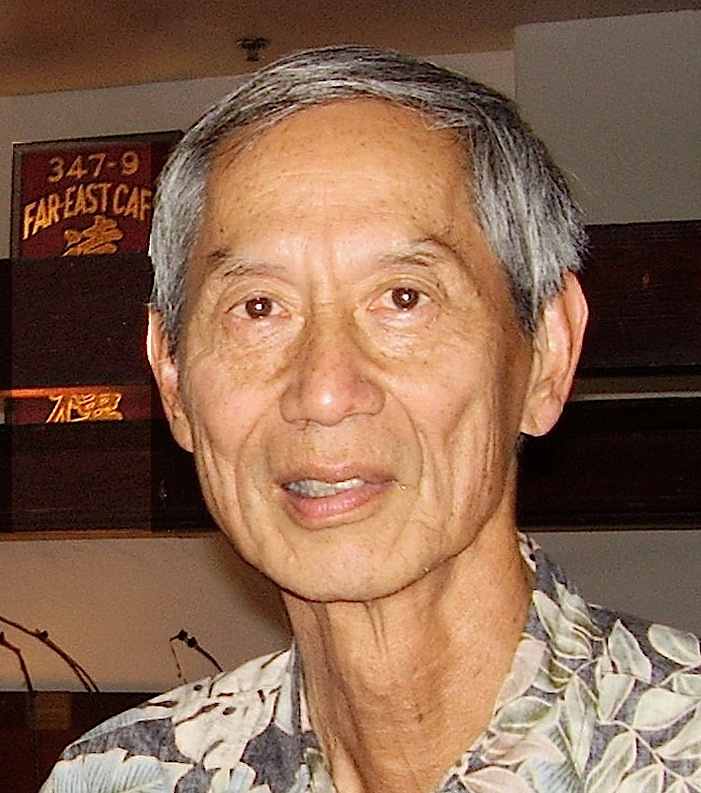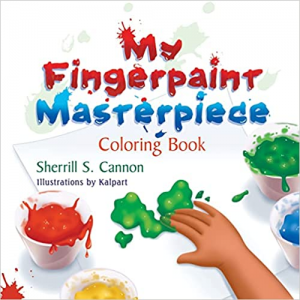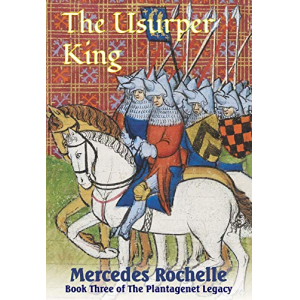Book Review in CHINESE AMERICAN FORUM by Foster Stockwell
🔗 http://www.wix.com/yinandyang/yinandyangpress/reviews- Author
- Book
- Story behind the book
- Media Links
- Reviews

John Jung
About
After a 40 year career as a Professor of Psychology, I pondered a question that I had avoided many times, namely, how did I, as a second-generation Chinese American fit in a black and white society in Macon, Georgia where we were the only Chinese in the entire city from the late '20s to early '50s when Jim Crow segregation was yet to be challenged. My attempt to understand how my ethnic identity emerged to my memoir, Southern Fried Rice: Life in A Chinese Laundry in the Deep South. I soon realized from responses of readers and audiences when I gave book talks/signings all over the U. S. that here was an important story to preserve and share. I met other Chinese that also grew up in cultural isolation where they were the only Chinese in their communities and/or they also grew up helping in their parents' laundry, restaurant, or grocery store.
I was inspired to write three additional books, all exploring how Chinese immigrants from the late 1800s until beyond the middle of the past century managed to overcome the hostile societal prejudices against Chinese and other "Orientals" and succeed running family businesses such as laundries, grocery stores, and restaurants.
Writing and speaking about these 4 books led to many important but unanticipated discoveries and contacts with other Chinese Americans. In my fifth book, A Chinese American Odyssey: How a Retired Psychologist Makes a Hit as a Historian, I describe these experiences and discuss some important things I learned about writing, researching, publishing, and publicizing my books.

My Fingerpaint Masterpiece Coloring Book
Description
<p>Have you ever seen a "work of art" worth millions, which looks like something your child just brought home from school?</p><p>The dual perspective of "Beauty Is in the Eye of the Beholder" and just a little bit of "The Emperor's New Clothes" is evident in this clever artwork story of a child who paints a fingerpaint print in class and then loses it in the wind on the way home.</p><p>Illustrated from the point of view of a child, whose identity is left to the imagination of the reader since all of the illustrations are what the child sees, the fingerpaint print is interpreted by official "judges" as well as by bystanders. Should people be influenced by what others see, or use their own self-esteem to make their own judgments? This coloring book version allows children to illustrate their own version of the book, and even to create a "masterpiece" of their own!</p><p>This is the fourth rhyming children's coloring book by this award-winning author, whose other bestselling books include David's ADHD, My Little Angel, The Golden Rule, Mice & Spiders & Webs...Oh My!, Manner-Man, Gimme-Jimmy, The Magic Word, Peter and the Whimper-Whineys and Santa's Birthday Gift.</p><p><strong>About The Author:</strong> Former teacher Sherrill S. Cannon has won over 100 awards for her previous rhyming books and coloring books, and is also the author of 7 published and internationally performed plays for elementary school children. She has been called "a modern day Dr. Seuss." - GTMA Review</p>
Story Behind The Book
To Honor Pioneering Chinese Grocery Families Who Overcame Great Odds With Resolve and Resourcefulness To Provide for, Protect, and Preserve Family
Media Links
Reviews
<p> </p> <div><span style="font-family:verdana, arial, helvetica, sans-serif;font-size:small;line-height:normal;"><strong><span style="font-family:'Lucida Grande', Arial, Geneva, sans-serif;">Praise from Some Readers</span></strong></span></div> <div> </div> <div><span style="font-family:verdana, arial, helvetica, sans-serif;font-size:small;line-height:normal;"><span style="font-family:'Lucida Grande', Arial, Geneva, sans-serif;">"...your book presents the most definitive and accurate account of the Chinese in the Ms Delta--what it was like to be Chinese and growing up in the segregated South during that time. Thanks for all your time and effort in researching and telling the story of the Ms Chinese Grocers in the Land of Cotton." Peter Joe<br /><br /> "Thank you for writing this book especially so that current and future young people with roots in the South will know about their roots..."<br /><br /> "What a juicy read! The hard work, the social isolation, the networking, the solutions of problems such as education in a segregated society which never had them in mind - it's mind-boggling! And the similarities...<span> and differences in the Chinese relationships with whites as opposed to blacks - fascinating! Your books are a significant contribution to the social history of this nation." Nan McGehee<br /><br /> "Wow! Impressive! I think it takes an outsider to truly appreciate it. We're too close to it to really appreciate what a great social history it is."<br /><br /> "I felt like I was right among the people you interviewed. It is the best book written about the Chinese in the Mississippi Delta."<br /><br /> "Thanks for all you have done for Chinese Americans. I know that if my father were still alive, he would be devouring all your books and research.</span></span></span></div> <div> </div> <p>(<em>Note from reviewer: I was Dr. John Jung's primary consultant for this book about my community in the Mississippi Delta.)</em> When Dr. Jung contacted me after having read my internet story entitled "Pilgrimage to China" on [...] to tell me of his plans to write a book about my community I was more than eager for someone of Dr. Jung's stature and reputation to do such a project. I had already read his two books about the North American Chinese hand laundries and was familiar with his works. His final product, in my opinion, was a home run because he went to great lengths to gather so many accounts from many, many sources to present a wide spectrum of differing views about life in the Mississippi Delta. The views presented were not always the most flattering to the Delta Chinese either but he tried to be even-handed in the presentations. On balance this is the best study to-date of my community and I will be forever grateful for his wonderful work which exceeded all of my expectations. Bobby Joe Moon (formerly of Boyle/Cleveland MS 1944-1965) Houston Tx</p> <div> </div> <div><span style="font-family:verdana, arial, helvetica, sans-serif;font-size:small;line-height:normal;">A very good read. As a granddaughter of store owners, this book was a fascinating look at what life was like for my grandparents and mother. Indirectly, I learned a lot about my family. I felt that I knew very little about my mother's childhood, but now I have a rich context with which to insert the stories I have heard. C. Acharya</span></div> <div> </div> <div><span style="font-family:verdana, arial, helvetica, sans-serif;font-size:small;line-height:normal;">As a 1st generation Chinese-American who grew up in the Mississippi Delta during the 50's, I was disappointed to find John Jung's book similiar in theme to Jim Lowen's book, "Mississippi Chinese, Between Black & White." I had hoped to find in more detail, in narrative, the struggles of the early Chinese; instead, I sense their comments got lost in translation, i.e., absent was the emotional dimension. <br /><br /> Kathryn Stockett's book, "The Help," although fiction, would have been a perfect avenue to depict the Chinese in Mississippi. Except for pull-out quotes from Bobby Moon and others, I didn't get the real sense of struggle, prejudice, frustration -- or any of the emotive characteristics confronting the Chinese. The events were a recitation of...the events. <br /><br /> This is not to say that "Chopsticks," is not a good read. I commend Jung for his efforts to capture this fading corner of American society.In the next few years, little of the original voices will be left to speak of the Chinese and the making of America. And for this I congratulate him for adding another bookmark on behalf of the Chinese in Mississippi. <br /> Frank Lee </span></div> <div> </div> <div><span style="font-family:verdana, arial, helvetica, sans-serif;font-size:small;line-height:normal;"><strong>Praise from Some Scholars</strong></span></div> <div> </div> <div> <div class="Section1"> <address style="margin-bottom:6pt;text-align:justify;font-family:verdana, arial, helvetica, sans-serif;"><span style="font-family:Garamond;"><span style="font-style:normal;">John Jung’s third book about relatively undocumented aspects of Chinese American history is a solid, well-researched, and engagingly written study of the Chinese grocery stores in the Mississippi River Delta from their post-Civil War Reconstruction era beginnings to the present. Jung deftly demonstrates how these sojourners from the Guangdong province found their niche in a unique and challengingly complex social setting, rigidly stratified by race. They not only ‘survived,’ but overcame racism to prosper and eventually become valued members of their communities. After a thorough historical background that provides a framework needed to fully portray their difficult circumstances, the author examines both the sociological and psychological aspects of daily life for Chinese American grocery store families. As a Chinese American who grew up in the Deep South himself, John Jung has a degree of empathy that imbue</span><strong>s </strong><em style="font-weight:bold;">Chopsticks in the Land of Cotton</em>with an insight both in depth and breadth that is totally requisite for a study of this nature.<strong> </strong></span><span style="font-weight:bold;"><strong><span style="font-family:Garamond;">Mel Brown, <em>Chinese Heart of Texas, The San Antonio Community, 1875-1975;</em> <em>Editor, TexAsia, San Antonio’s Asian Communities, 1978-2008.</em></span></strong></span></address> <p class="MsoNormal" style="margin-bottom:6pt;text-align:justify;font-family:verdana, arial, helvetica, sans-serif;">In <em>Chopsticks in The Land of Cotton</em>, John Jung has done it again! Plunging into the history of Chinese grocers in the Mississippi-Yazoo Delta, he traces their migration history, work, families, and social lives. His work is anchored in a creative mix of oral history, community historical documents and publc records, and includes a generous fill of photos. As a study of the complexities of triangular race relations in the Jim Crow South, his work rivals James Loewen's classic study, <em>The Mississippi Chinese. </em><span style="font-weight:bold;"><strong><span style="color:#050505;">Greg Robinson, <em>By Order of the President: FDR and the Internment of Japanese Americans</em> Harvard University Press, 2001; Co-Editor, <em>Mine Okubo: Following Her Own Road </em>University of Washington Press, 2008</span></strong><strong><span style="font-family:'Garamond Bold';color:#050505;">.</span></strong></span></p> </div> <p class="MsoNormal" style="margin-bottom:6pt;text-align:justify;font-family:verdana, arial, helvetica, sans-serif;"><em>“Chopsticks” </em>tells the story of yet one more example of Chinese tenacity in which John Jung traces the paths of pioneer Chinese immigrants in Mississippi as they moved from laborers to become successful grocery store merchants for decades with family members and relatives serving as the backbone. “<em>Chopsticks”</em> pays tribute to the resilience and “can-do” attitude of these enterprising entrepreneurs.<span style="font-weight:bold;"><strong><span style="color:#050505;">Sylvia Sun Minnick, <em>Sam Fow,The San Joaquin Chinese Legacy</em></span></strong></span></p> <p class="MsoNormal" style="margin-bottom:6pt;text-align:justify;font-family:verdana, arial, helvetica, sans-serif;"><em>Chopsticks in the Land of Cotton </em>explores aspects of Chinese settlement in the Mississippi Delta that earlier writings on the subject do not address in detail. Jung analyzes why grocery stores emerged as virtually the only occupation for Chinese in that area instead of farming and hand laundries. He examines the extensive kinship networking that brought male relatives and later whole families to this unlikely region for Chinese settlement. Jung’s impressive book can be enjoyed by ordinary readers for its captivating stories and by scholars for its thorough research and analysis of sources.<strong> </strong><span style="font-weight:bold;"><strong><span style="color:#050505;">Daniel Bronstein</span></strong><span style="color:#050505;">, <strong><em>The Formation and Development of Chinese Communities in Atlanta, Augusta, And Savannah, Georgia: From Sojourners To Settlers, 1880-1965</em></strong></span></span></p> <p class="MsoNormal" style="margin-bottom:6pt;text-align:justify;font-family:verdana, arial, helvetica, sans-serif;">John Jung provides meticulous detail on a subject worth much greater examination: the Chinese grocery stores of the South. These grocery stores were the center of Chinese American family and commercial life in the South, including Texas and the Southwest, for at least half of the twentieth century. Jung illuminates every aspect of these grocery stores, which were as important to black neighborhoods as they were to the Chinese American families who ran them. Especially of interest is Jung’s exploration of the relationships between Chinese Americans and African Americans, a topic distorted by the iconic images of more recent inter-ethnic conflicts. <em>Chopsticks </em>is a valuable contribution to Asian American history. <span style="font-weight:bold;"><strong><span style="color:#050505;">Irwin Tang</span></strong><strong><span style="color:#050505;">, <em>Co-Author and Editor Asian Texans: Our Histories and Our Lives</em></span></strong></span></p> </div> <div> </div>






